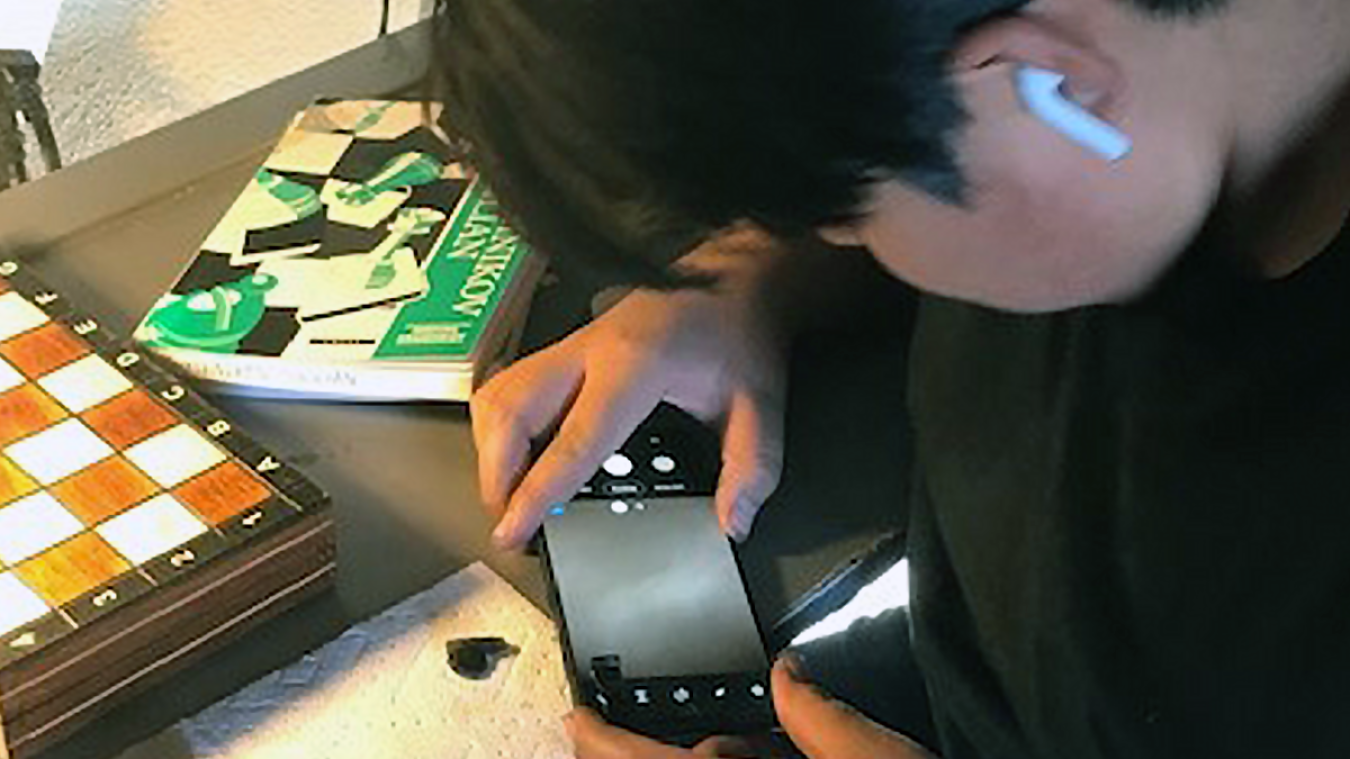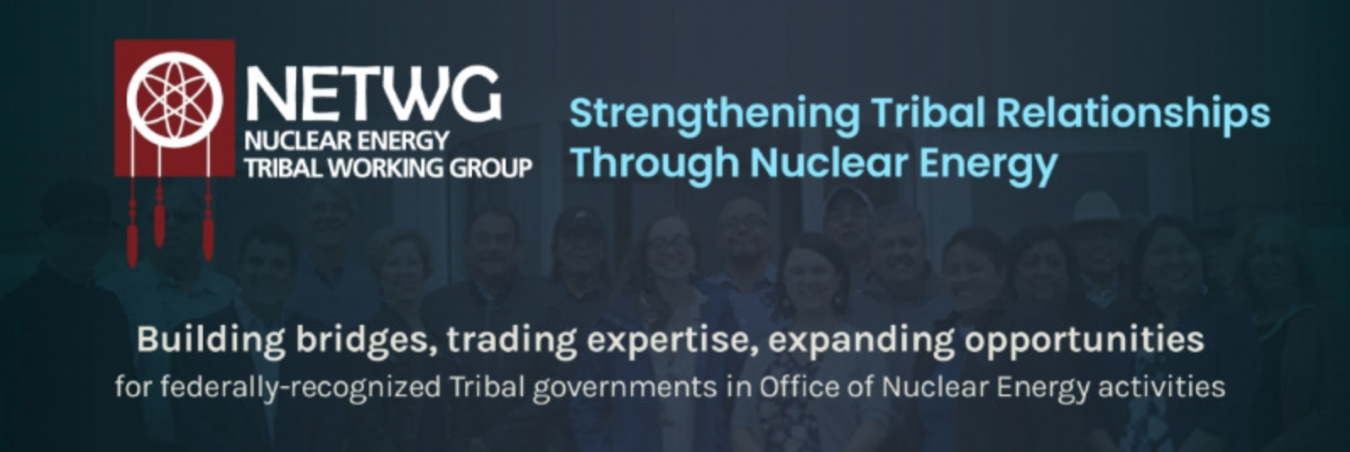It’s hard to keep up with technology these days, especially when it comes to smartphones. These incredible devices have completely changed the way we live and interact with the world.
In less than 10 minutes, I can adjust the temperature in my house, order food, pay a few bills, send some emails and watch a video clip—all from the palm of my hand.
And while I’m still trying to figure out the latest apps, updates and whatever else developers are equipping devices with these days, my kids always seem to be on top of the latest trends.
As a parent of two teenagers, I’m well-aware of the distractions that smartphones can bring, but also of the opportunities.
Two engineers from Pacific Northwest National Laboratory invented a 3D-printed clip that turns your smartphone or tablet into a microscope with the ability to magnify items by 100 times. It was first developed to help first responders quickly identify unknown substances found in the field. Now, the microscope is being used as a simple, low-cost tool to engage thousands of students in STEM education.

A student for the Pueblo of Picuris uses a smartphone microscope during a STEM event sponsored by Los Alamos National Laboratory.
A Closer Look at STEM
This month, our office shipped nearly 1,000 smartphone microscopes to students across the country. Many of them went to U.S. tribal communities where access to STEM resources can be scarce, including schools in remote areas of New Mexico and Alaska. We also interacted with several groups of students from Santa Fe and the Pueblo of Picuris and Navajo tribes in New Mexico by conducting virtual lesson plans on the smartphone microscope.
During the activity, students used their phones to investigate the crystalline structure in table salt. They identified structures in indigenous plants and even studied pollen on flowers. All of a sudden, this magnified view of their world unlocked new perspectives and interests that can link to materials science, a discipline that is near and dear to my heart! It also introduced them to innovations at our national labs and how that work can be applied to fields like nuclear energy.
For instance, the same process that makes the smartphone microscope, additive manufacturing, is being used by our labs and industry to develop and deploy new nuclear systems at a fraction of the time and cost.
Thanks to this STEM activity, many of these students learned about nuclear energy for the first time and how it could potentially be used to generate carbon-free electricity to preserve their lands, heat or cool their communities, and map out new career paths in science and engineering.
Strengthening Tribal Relationships
These virtual lessons are part of a larger effort by our Nuclear Energy Tribal Working Group (NETWG) to increase STEM opportunities for Indian tribes.
NETWG is one of three tribal working groups chartered by the U.S. Department of Energy (DOE) specifically designed to strengthen tribal relationships around nuclear energy-related activities. We currently engage with 12 member tribes whose reservations and ancestral lands are located near national laboratories, commercial reactor sites or transportation routes for radioactive waste.
Click above to view our Nuclear Energy Tribal Working Group infographic.
One of the biggest needs for tribal communities right now is STEM education.
For the past two years, NETWG has been working collaboratively with the other tribal working groups to delineate the current and future needs of each tribe to ensure the development of meaningful educational programs. We then work with community partners to provide them with the resources that they require, whether that is organizing a field trip to a national lab, conducting an interactive lesson plan, or sharing online resources like the Navigating Nuclear Curriculum that we helped develop with Discovery Education and the American Nuclear Society.
Building Our Future Workforce
I’m very proud of the work that NETWG is doing to engage more tribal students in STEM opportunities. Despite the challenges of COVID-19, we are continuing our efforts to engage students in new activities and are providing more professional development opportunities for educators to get them the resources they need to be successful in the virtual classroom.
We have a vested interest in building a talented, innovative and diverse workforce to support our mission in nuclear energy. Indian tribes are an untapped resource. Located so close to many of our national labs, tribal members can not only lend their talents to our labs, but also provide us with important historical and cultural context on the lands used by DOE scientists. These insights can lead to an even greater appreciation in the work they are performing with respect to tribal values.
The earlier we can engage kids in STEM, the better chance we have in building our future workforce and from what I’m seeing at STEM events across the country, our future looks very bright.
Learn more about NETWG and explore all of DOE’s STEM resources.

